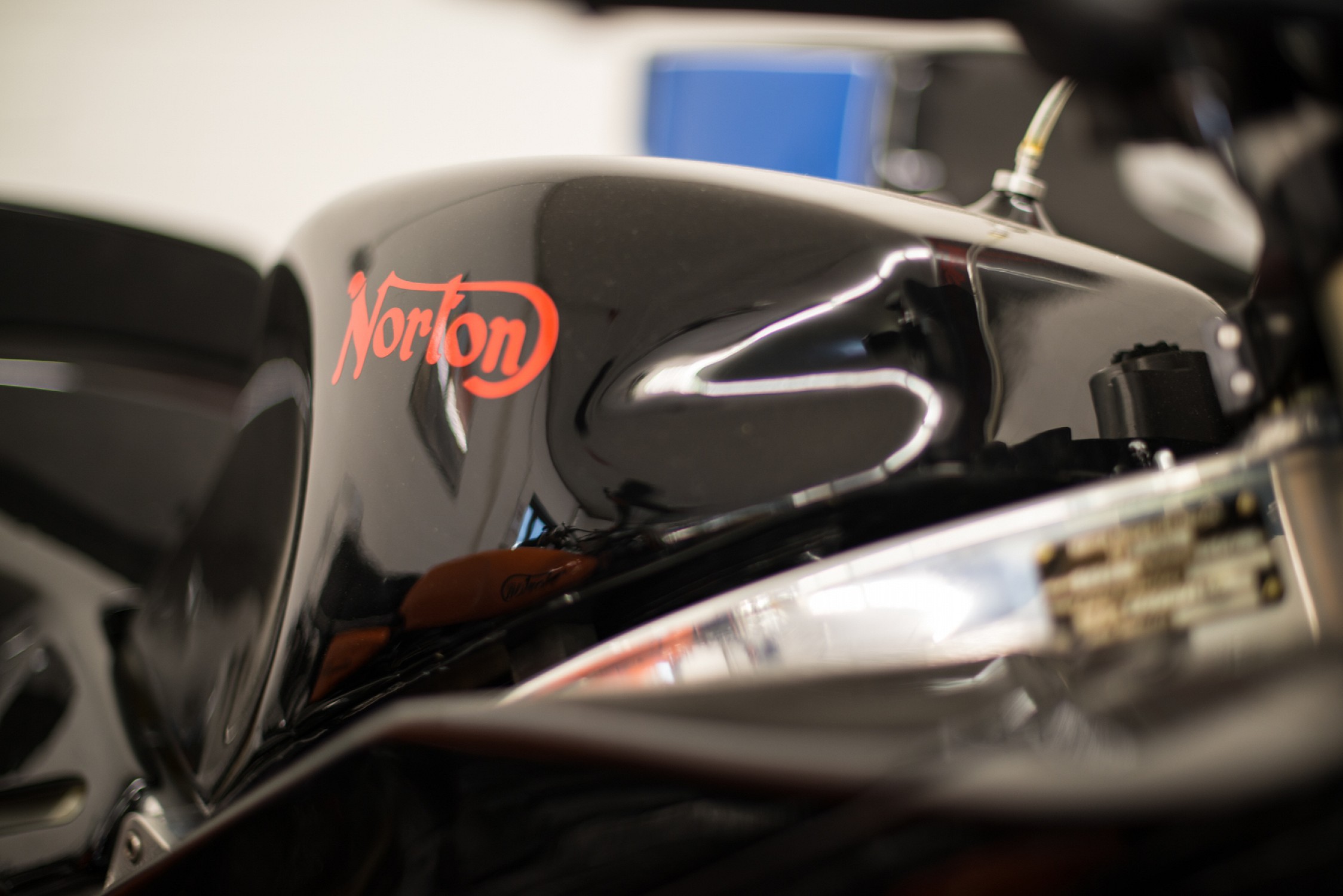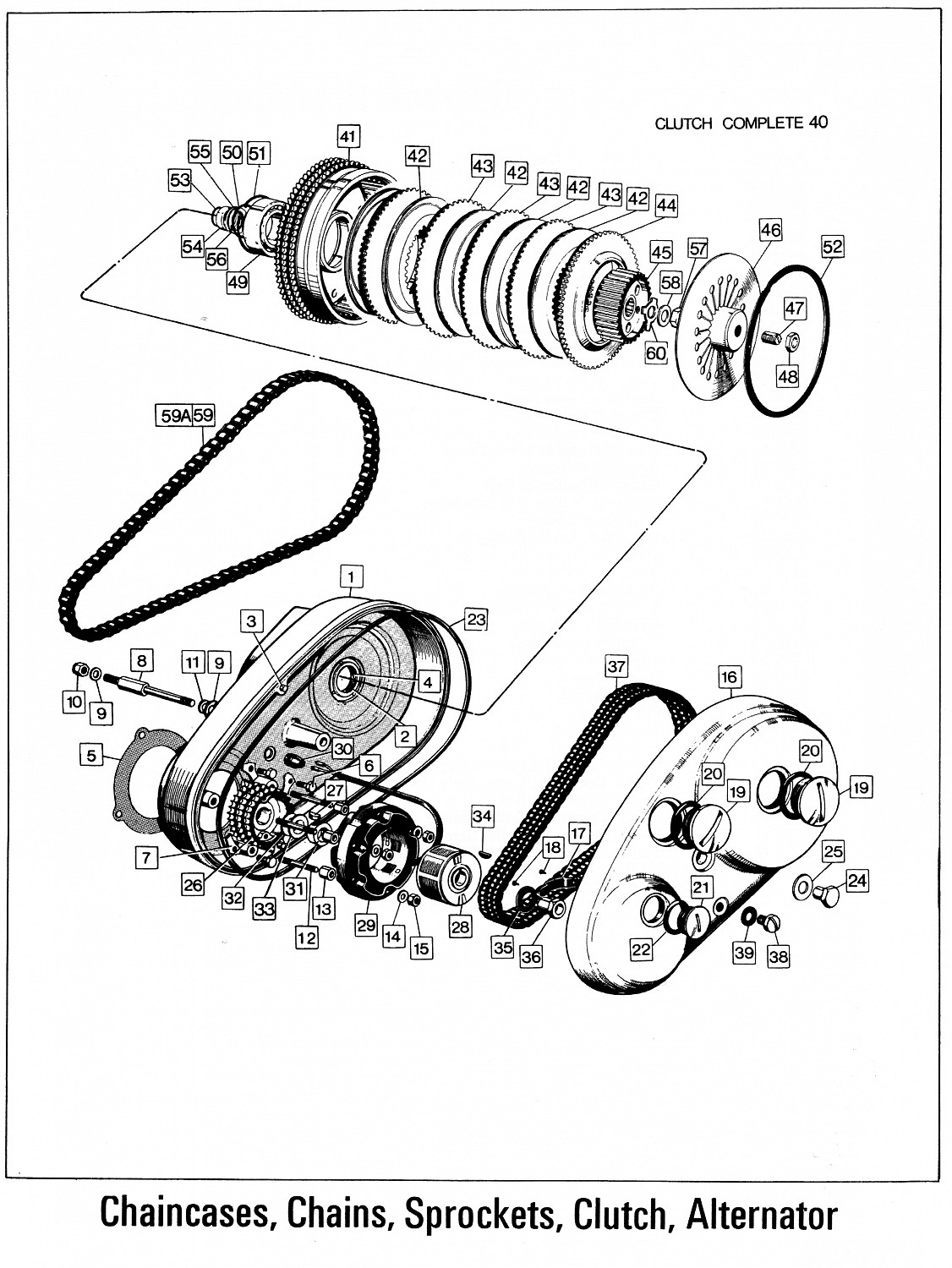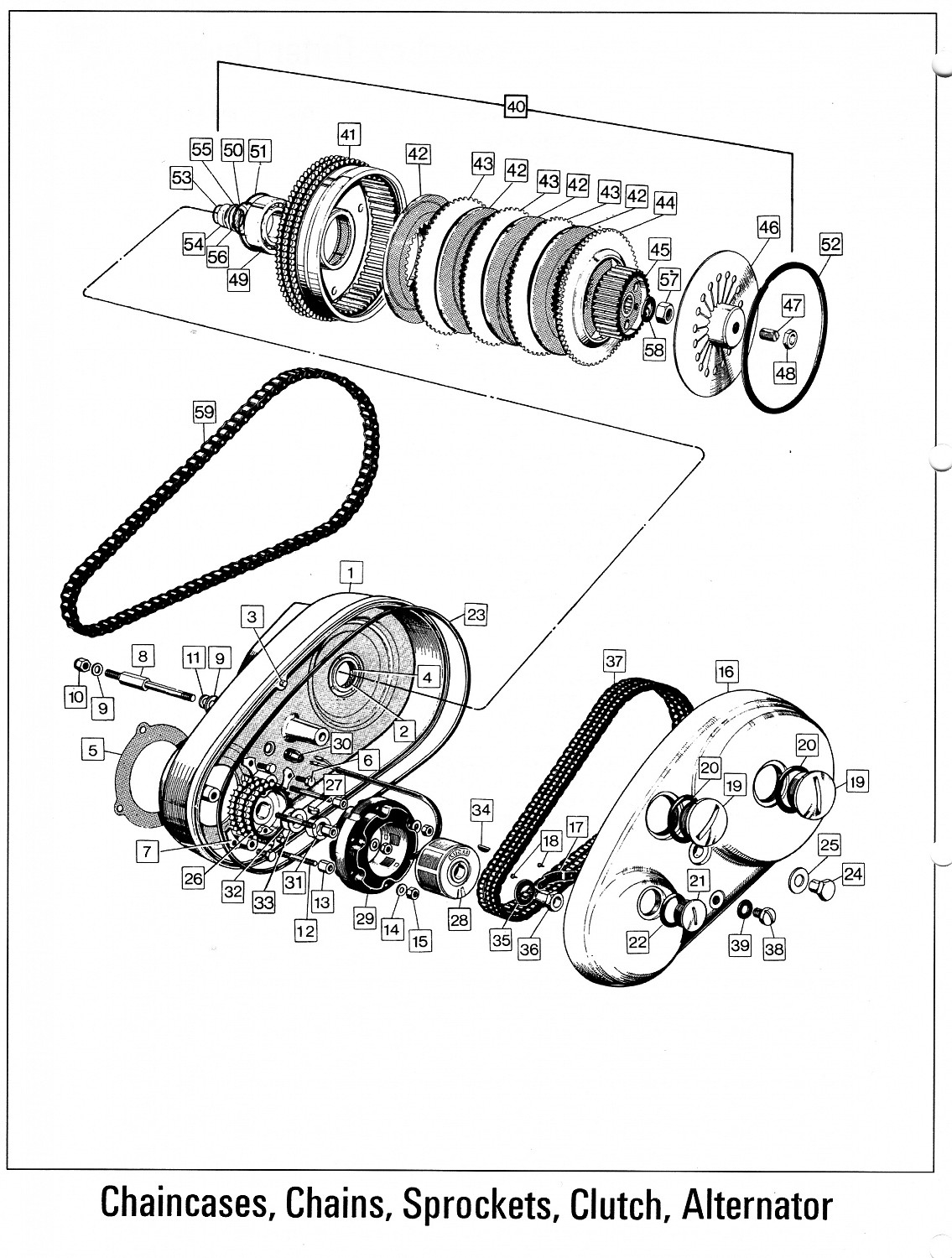Schwany
VIP MEMBER
- Joined
- Apr 22, 2020
- Messages
- 3,663
On a lighter note:
Who only uses 2 fingers to pull on the clutch lever? And which 2 are you using? I know it's an irrelevant question. I just want to know what the cool kids are doing.
My diaphragm spring is slightly convex when installed, so purposely a high stack for a light pull at the lever. The clutch probably only works well currently because the frictions and steels are new. I can see myself getting the fat steel plate at the back of the drum surfaced a little in the future, or buying a thinner plate. For now I am enjoying the light pull. I end up using all my fingers on the clutch lever. Hence, I am not cool at all, and could never hang out with the cool kids.
My clutch hub is designed for use on a pre-Commando mainshaft. I think that is the primary difference between it at the diaphragm spring belt clutches used in Commandos. Still it could very well mean all my commentary is irrelevant, since it usually is. lol
Who only uses 2 fingers to pull on the clutch lever? And which 2 are you using? I know it's an irrelevant question. I just want to know what the cool kids are doing.
My diaphragm spring is slightly convex when installed, so purposely a high stack for a light pull at the lever. The clutch probably only works well currently because the frictions and steels are new. I can see myself getting the fat steel plate at the back of the drum surfaced a little in the future, or buying a thinner plate. For now I am enjoying the light pull. I end up using all my fingers on the clutch lever. Hence, I am not cool at all, and could never hang out with the cool kids.
My clutch hub is designed for use on a pre-Commando mainshaft. I think that is the primary difference between it at the diaphragm spring belt clutches used in Commandos. Still it could very well mean all my commentary is irrelevant, since it usually is. lol







